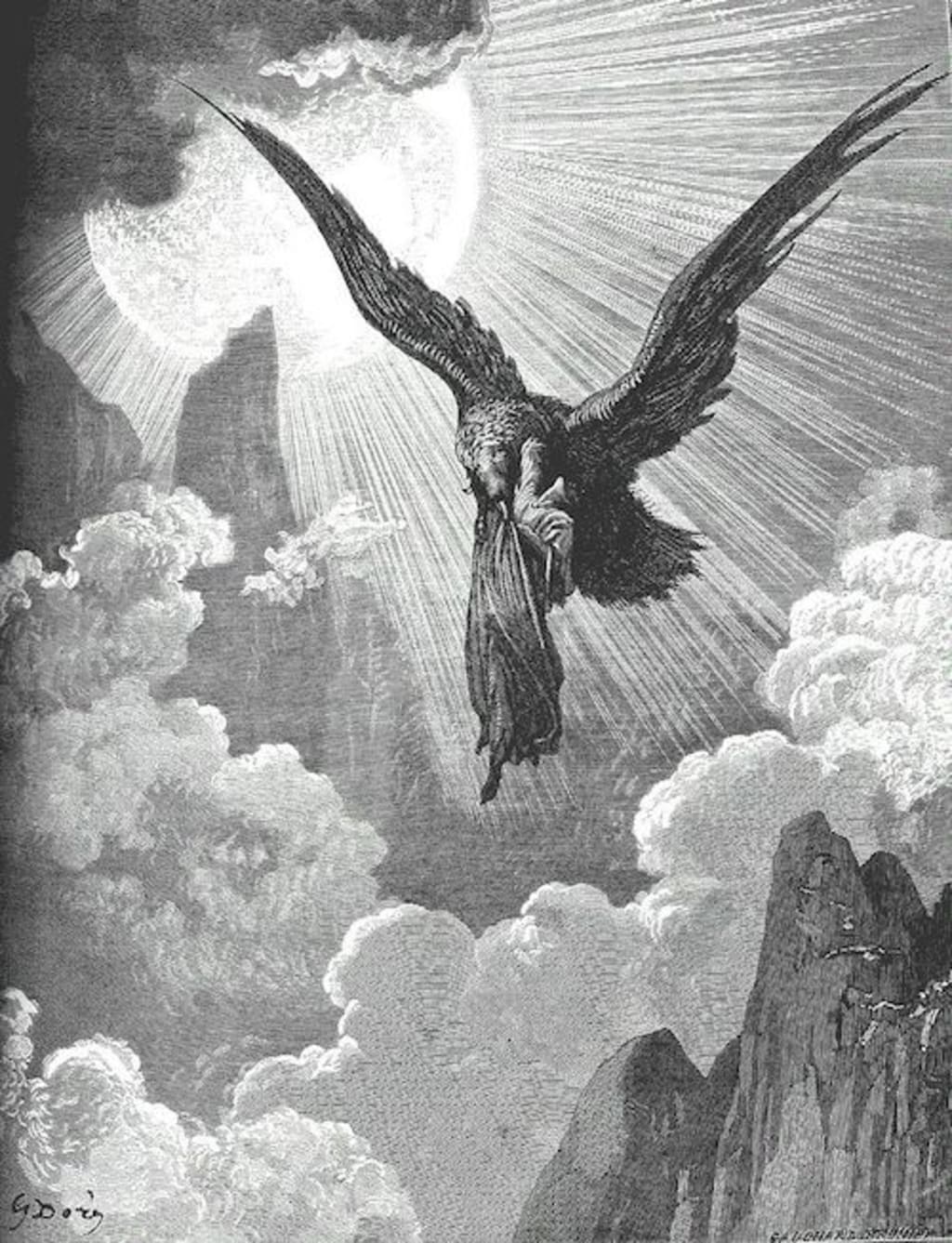Exploring Wealth disparities and social impact
The 1percenters

Start writing...The 1% Community: Exploring Wealth Disparities and Social Impact
In the realm of economic inequality, the term "1% community" has gained prominence as a label for an exceptionally wealthy portion of society. This elite group represents the top echelon of earners whose income and assets far surpass those of the average individual. The concept of the 1% community has sparked conversations about wealth disparities, social responsibility, and the implications of concentrated affluence.
The 1% community is often associated with the term "income inequality," which highlights the vast disparity between the highest and lowest income brackets. This concentration of wealth has raised concerns about social cohesion and economic mobility. Critics argue that such disparities can lead to unequal access to opportunities, healthcare, education, and political influence, perpetuating a cycle of disadvantage for the majority.
On the other hand, proponents of the 1% community point out that their investments and philanthropic efforts can have a significant positive impact on society. Many members of the 1% actively engage in charitable giving, funding projects that aim to address pressing global issues, such as poverty, healthcare, and climate change. They argue that these contributions can help bridge the gap between the affluent and the less fortunate.
However, the 1% community's philanthropy also raises questions about the role of wealth in influencing public policy. Critics caution against relying solely on the benevolence of the super-rich to solve systemic problems, as it might divert attention from necessary policy reforms that could address root causes of inequality.
Additionally, the rise of the 1% community has sparked conversations about the ethics of extreme wealth accumulation. Advocates for wealth redistribution argue that taxing the wealthy at a higher rate could fund social programs that benefit society as a whole. Balancing the interests of the 1% community with the broader societal needs remains a complex challenge for policymakers.
In conclusion, the 1% community is a term that encapsulates both the astonishing economic disparities and potential positive impacts on society. While their significant contributions to philanthropy cannot be denied, it's essential to maintain a critical perspective on the implications of extreme wealth concentration. Striking a balance between individual wealth and societal welfare is a central challenge that societies must navigate as they seek a more equitable and prosperous future.
The role they play in the normal human community;
The 1% community, often referred to as the "top 1%" or "economic elite," plays a significant and complex role in normal human society. This small group typically consists of individuals with exceptionally high levels of wealth and financial resources. Their influence is felt across various spheres, including economic, social, and political realms.
Economically, the 1% wields substantial power due to their immense financial resources. They drive investment, entrepreneurship, and innovation, which can stimulate economic growth and job creation. However, their disproportionate control over resources can also lead to income inequality, as wealth tends to concentrate within this group. This can result in social tensions and reduced social mobility, hindering equitable opportunities for others.
In the social domain, the 1% often shapes cultural trends and consumer behavior. Their conspicuous consumption can set aspirational benchmarks for others, impacting lifestyle choices and spending patterns. Additionally, their philanthropic efforts can have a positive impact on social causes, contributing to education, healthcare, and other charitable initiatives. Yet, the motivations behind such actions can be complex, with potential implications for public policy and societal well-being.
Politically, the 1% community exerts influence through campaign donations, lobbying efforts, and direct participation in governance. This can potentially sway policy decisions in their favor, raising concerns about the democratic process being compromised. The ability to shape policies related to taxation, regulation, and economic policies can impact the distribution of wealth and resources.
Overall, the role of the 1% community in normal human society is a double-edged sword. Their contributions to economic growth and philanthropy can be positive forces, but the concentration of wealth and influence can also perpetuate inequality and undermine democratic principles. Balancing their contributions with the need for equitable opportunities and fair governance remains a challenge for society of the average person.
About the Creator
Enjoyed the story? Support the Creator.
Subscribe for free to receive all their stories in your feed. You could also pledge your support or give them a one-off tip, letting them know you appreciate their work.





Comments (1)
Hello, AI is permitted on Vocal. It is a Vocal policy that content created with AI is identified as such at the start of the story/article. Your article/story has many hallmarks of AI-assisted/generated content. You can find the details of the Vocal policy here: https://vocal.media/resources/an-update-from-vocal-on-ai-generated-content, Please amend your piece to be in compliance. If you are not a Vocal+ member you will need to contact Vocal here ([email protected]) and ask them to edit your story/article/poem for you. If you don’t correct this the content may be removed by Vocal and/or you may be deleted from the platform.